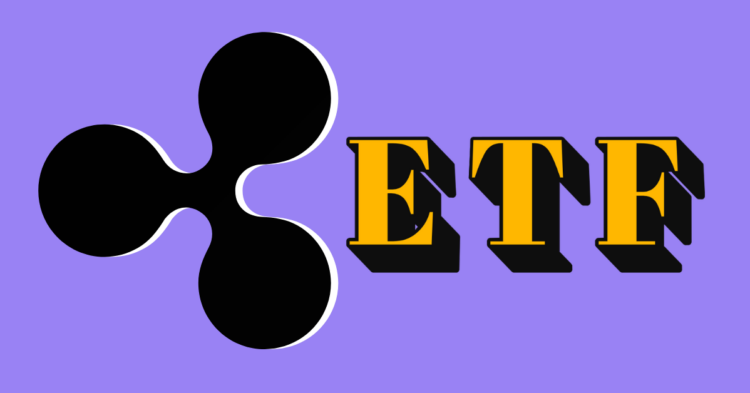The cryptocurrency landscape is abuzz with the recent surge in interest surrounding XRP spot ETFs. This excitement was catalyzed by Bitwise’s filing for XRP-based ETFs, a move that surprised many who anticipated Solana to be the next focal point. Previously, firms like VanEck had filed for a Solana ETF but eventually withdrew, paving the way for XRP to take center stage.
The Political Influence on Crypto Regulations
On a recent episode of the Thinking Crypto podcast, Nate Geraci, president of The ETF Store, speculated about the strategic timing of these filings, particularly in light of the upcoming U.S. election. Geraci suggested that these maneuvers might be in anticipation of a potentially more crypto-friendly administration. The possibility of former President Donald Trump returning to office has fueled speculation about a favorable shift in the regulatory environment for cryptocurrencies, potentially increasing the likelihood of XRP and other crypto ETFs obtaining regulatory approval.
Challenges Ahead for XRP Spot ETFs
Despite the optimism associated with potential political changes, Geraci highlighted the significant regulatory challenges facing XRP ETFs. Unlike Bitcoin and Ethereum, which benefit from CME-traded futures contracts, XRP lacks a comparable infrastructure. This absence makes it harder for regulators to effectively monitor the market and ensure its integrity. The SEC typically demands a surveillance-sharing agreement with regulated exchanges to mitigate the risks of market manipulation. However, as Geraci noted, most of the crypto exchanges trading XRP remain unregulated, adding another layer of complexity to obtaining SEC approval.
The Ripple Lawsuit’s Impact on XRP’s Classification
Adding to the complexity of XRP’s regulatory journey is the ongoing Ripple v. SEC lawsuit. The SEC has posited that once cryptocurrencies like XRP are widely traded, they might not qualify as securities. If XRP attains a status similar to Bitcoin—as a non-security commodity—it could alleviate some regulatory concerns. However, without a robust regulatory framework and an established surveillance-sharing mechanism, Geraci remains skeptical about the swift approval of XRP ETFs.
Looking Ahead: What the Future Holds for XRP ETFs
The landscape for XRP spot ETFs is fraught with both opportunities and challenges. As the political climate evolves and the Ripple lawsuit unfolds, the potential for regulatory changes remains high. Market participants and investors are keenly observing these developments, as they could significantly impact the future of XRP and its acceptance in mainstream financial markets. The convergence of political, legal, and market dynamics will be crucial in determining whether XRP ETFs can overcome these hurdles and achieve the much-anticipated regulatory nod.
Conclusion: A Watchful Eye on the Crypto Frontier
The crypto community remains vigilant as it navigates the complexities of emerging ETFs and regulatory landscapes. With political shifts on the horizon and ongoing legal battles, the path to approval for XRP spot ETFs is anything but straightforward. However, the interest and momentum surrounding these financial instruments underscore a growing recognition of cryptocurrency’s potential in the broader financial ecosystem. As the saga continues, stakeholders are poised to adapt and respond to the ever-changing crypto frontier.











